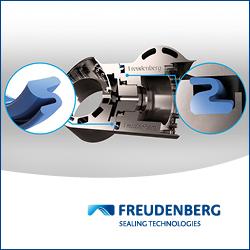Fixed-focus lens vs. autofocus lens: How to choose the best lens for your application
DC microdrives bring dynamics into handling
Agricobots Drives Precision Farming with Outdoornav Autonomy Software
How AI and Optical Components Are Joining Forces to Tackle Driving Offences in the UK
Chemical Manufacturing Leader Polysciences Partners With Formic to Introduce Automation To Their Production Process
Chinese cars in motion thanks to Stäubli connectors
Nanopositioning and Motion Control Solutions for the Semiconductor Industry
The Role of Inertial Measurement Unit (IMU) in 3D Time-of-Flight Cameras
Why Do Hardware Startups Fail?
Those who adapt the fastest win.
Troubleshooting Robots - Enhancing Manufacturing Security Through Innovative Troubleshooting
Multi-couplings reduce down time and improve efficiency
Exploring 3D Trends in Machine Vision Industries: Tomorrow's Vision Today
Which Product Transfer is Best - Pros and Cons of 6 Transfer Methods
Women in Engineering: Embracing Diversity & Encouraging Passion to Optimize Outcomes
Records 211 to 225 of 2061
First | Previous | Next | Last
Featured Product

IP Seals for Robots
Robotics and Automation - Featured Company

